How to protect your camera
This questions pops up when we realise that we buy expensive camera and other photographic and filming equipment and over a period of time the total amount invested in these equipment runs up to tens of lakhs of rupees. Most of the time we assume that everything will be ok with our equipment. However, we need to look at the problems that one can face.
Theft
People often ask me if I don�t fear going to the forests to film and photograph wildlife. I have told them that though I have been attacked by tigers (When Wildlife Hits Back) and elephants during my journeys in Wild India, my worst fear is from my fellow homo sapiens. The denizens of Wild India follow certain rules and regulations and one can avoid conflicts by following those simple rules. However, the most unruly are the people.
These days I increasingly see people using Lowepro bags in India. Bags like Lowepro, Kata, Kinesis etc gives a very professional impression to the outsiders. So when you are travelling in a bike, public transport like trains or hiking, people look at the photographers with such bags and immediately know that something expensive is inside. My Kinesis Long lens case screams of being expensive.(My Long Lens bag � Kinesis) Of course it is costlier than a refrigerator. People can make out that the items inside would be much more costlier.
There have been instances when wildlife photographers have been mugged while photographing birds on the outskirts of large metro cities as well as in smaller towns. Though this in no way reflects the state of law in a particular state, as human beings we have to be sure that there will always be temptation. So it is better to be careful.
One of the things that photographers can do is to paste a black tape on the logo of the bags like Lowepro, Kata etc. Similarly, while photographing the white Canon logo on the black lens cap is highly visible. So it is better to place a black tape to cover the canon logo. My friends in Canon may not like this idea, however, it is better to be safe than sorry.
In a number of cases, just pasting a black tape on the Lowepro, Kata, Kinesis logos of your bags may not be enough as the construction, quality of material used in these bags are visible and adds to the impression of expensive. So if you know that you are not going to use many lenses, then just place the camera and lens in a normal backpack and move around.
Some people even put their expensive camera bags inside a golf bag or long trekking ruckshacks while travelling in a train, bus etc. If you are travelling alone in a train or bus, this is the best method as you can�t always keep on guarding your equipment and have to take a toilet break once in a while.�
Insurance:
You can also insure your expensive equipment. Ofcourse, the insurance guys may ask for bills. So people who import equipment without bills may face challenges. The insurance is also a costly and cumbersome affair. You may like to check your insurance agent. So the old adate �Prevention is better than Cure� holds true.
I have seen people carrying their long tele lenses attached with the camera body on their shoulders just to give an impression that they are professional photographer and also because erroneously some people believe that have arrived in life.�
These guys can easily become targets. Also, in these cases the photographers are known to keep the camera and lens combination standing on the coffee table, lying on the back of the car etc where the chances of these getting knocked down are huge. The chances of breaking increases when a teleconverter is attached to the lens and the camera body.
So pack it in your bag and ensure that the equipment fit tightly and there is not much of play inside. Else, it will keep bouncing and the alignments are going to become off.
Protection against dust:
While in safari in India, most of the places are incredibly dusty during summer. Especially when there are many vehicles running around in the forests. In such cases, a long lens case like my Kinesis Long Lens case is good for keeping the lens and camera in shooting condition.
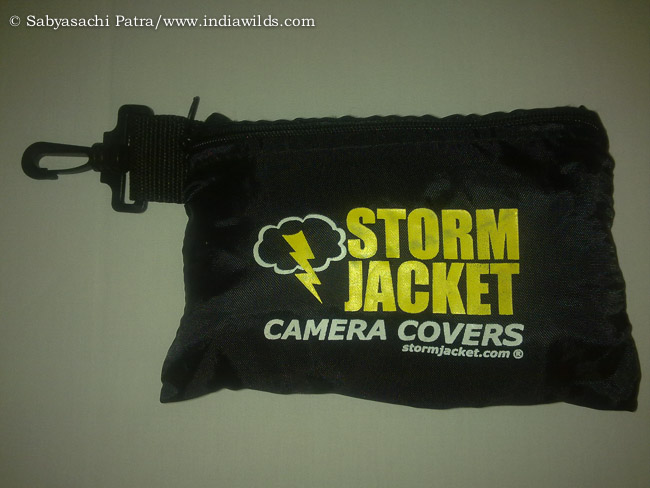
Storm jacket covers for camera and lens
I also have cloth covers stitched to just cover the camera and lens and protect them from dust.
Protection from Rain:
All these electronic items need to be kept away from moisture and rains. While photographing and filming in the forest, I have several memorable moments clicking in pouring rain. I would not have got those perspectives, if I would have photographed at some other time of the day.
I created this abstract image of a portion of the waterfall while standing in the flowing stream, getting drenched in the rain. Since I was only using a 28-135 IS lens which is not an L series lens, I used a normal polythene to protect it from rain. Since the intensity of the waterflow from the waterfall varies, it would have been a different scenario had I photographed when the rainfall had stopped.
There are expensive rain covers available. I have one of those for my 400 f2.8 L IS USM lens. However, I also routinely use either a bath towel, a large polythene garbage bag to cover lenses during treks. Having said that, the L series lenses and the 1 Series professional cameras of Canon are good and I have photographed and filmed without protection as well. They can withstand some amount of rain however, it is better to be careful.
Condensation:
When you are photographing in a colder weather, it is important to be careful before entering into your hotel room which is at a different temperature. One can place the lenses in ziplock bags or normal bags and shut them tight and then open them in the room after a sufficient time. I faced this situation in finland, in the Nuksio National Park, where it was snowing and if one just carries the camera and lens into the temperature controlled room without placing those in the camera bags, then there will be condensation. This may not be an everyday event, however, with Indian photographers increasingly moving out to shoot in all weather conditions, regions of India as well as abroad, this small precaution can be the difference between a fully functional camera and a dead camera.
Dry Box or Dehumidifier:
More than a decade and half back, I had kept my camera and lens in a lowepro bag and it was placed in one corner of my house and it was untouched for about 3 weeks. When I took out the camera bag, I was stunned to see that there was fungus even on the camera bag. It was a miracle that I didn�t have a heart attack. Promptly the lens was sent for cleaning. Since in those days Canon didn�t have service centres in India, I had to send it to Singapore. There can�t be more pain than this.
One easy way to protect your camera and lens is to place it in a large container and place silica gel. You can buy a large pack of silica gel and then sew them into small packets using a soft cloth. When the silica gel absorbs moisture its colour changes. Place it in a hot frying pan or on a microwave and immediately the colour changes to blue. While travelling in monsoons, I carry silica gel packs with me.
At home, I have got dry box or dehumidifier which are electric powered. I had got those from Singapore, however, these days one can find a few local brands in India as well.
If you don�t want to spend money on dehumidifier, then just buy large plastic containers that are airtight. Brands like Tupperware�are fine. However, be careful and see that the containers are really airtight. Then place your camera and lens and the silica gel pack. You are equipment is now fine. If you carry out these simple precautions then you will be able to protect your camera.
You can buy from our recommended store and help support this site:�http://www.bhphotovideo.com/c/
- Canon Launches Cine Servo 11-55 mm T2.95-3.95 lens - 10 September,2025
- Water Monitor Lizard in Sundarbans - 14 May,2025
- Radio collared Tigress - 30 January,2025


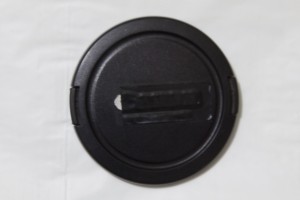
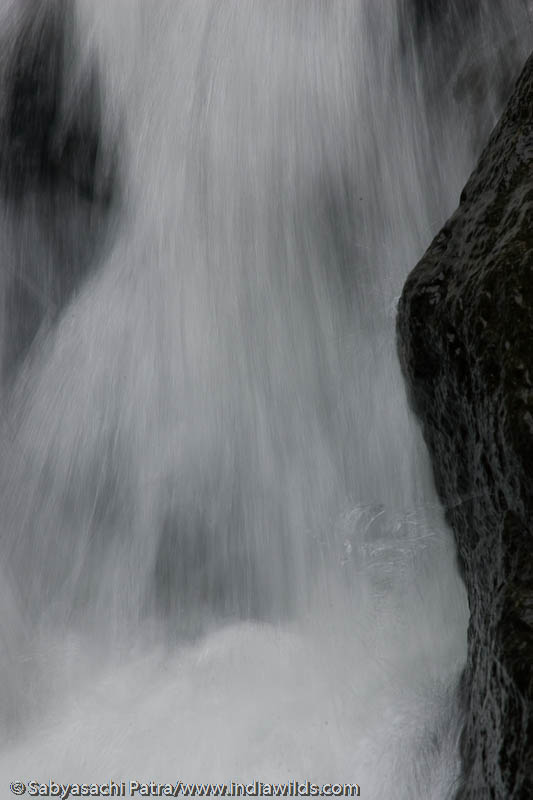



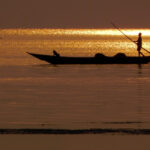

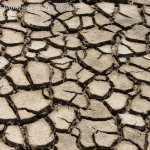
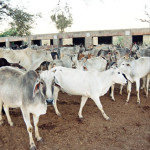
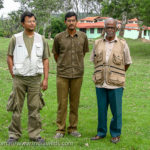



Great Tips Sabyasachiji… Thanks a lot…
I agree, protection of those expensive equipment is a must.
HI sabyasachi
Nice tips .. very informative article. protection against condensation is new to me. I never though of this before, thanks for the information . However as your said for a Indian photographer there is not much to worry
Bryan
Very useful tips. Because I don’t earn from pics, I’m hesitant to spend more on camera and lens for fear of theft and damage
useful tips
I’m a new DSLR user so all the tips are very handy. Cheers!
Absolutely amazing sir. Its good to see that you have passion of photography. My Grand Father is also passionate about photography, I will forward these tips to him.
Thank you sir.
Hi Rudraksh,
Thanks. Good to know that your Grand Father is passionate about photography. Please share this with him.
Cheers,
Sabyasachi
Really impressive techniques, I do a bit of photography but really love the collections you have put up and the tips that you share out. Really would love to do a wildlife shoot someday 😉
Thanks a lot for your Great & Useful Tips..Sir !!
Hey, thanks for the tips. They are extremely helpful
Shows a long experience! Thanks
Respected Sir,
Very good guidance.
Next August we are in Gangotri Glacier for Mt Satopanth Climbing Expedition.
We will be in sub zero up to minus 10C for 10 days. My doubt is whether my D200 and D800 will sustain in this very low temp. will there be any impact on LCD/SENSOR/micro mechanism etc of the body?
Thanx a lot once again for your valuable help
Regards,
Shekhar
Shekhar,
Sorry for the late response, as I was travelling.
Good to know that you are planning for Gangotri. There will be a few challenges due to Subzero temp.
1) The battery will drain out pretty fast in sub zero temperatures. So you need to take a few precautions:
1) Standard precaution is to immediately keep your camera at least within your jacket when you are not clicking.
2) Don’t use the LCD to review your images. Some people have that habit of reviewing the image in the field. Better be careful while clicking and immediately switch off and keep within your jacket.
3) Carry new batteries. I am sure your D200 battery will be pretty old. Older batteries drain out fast. You may not have access to charging points. 🙂 Carry several spare new batteries and fully charged.
4) How are you going to download your images? Or are you carrying many spare cards? The minus 10 is more likely to be during the night.
There should not be any impact on the sensor or body mechanism. However, the cold will naturally lead to some contraction. The best lenses are designed keeping this in mind. So I am sure that would not be an issue.
When you are moving from a very cold outside to within the confines of your tent or near fire, just see that your camera gradually gains temperature. Else, there can be condensation. Normal snowfall shouldn’t be an issue. I am more worried about condensation. If there is snow on the camera/lenses then gently remove that.
Sabyasachi
Respected Sir,
Really thanks for ur advice. I will remember these things while in Himalayas.
We will have laptop to transfer the images and may carry portable DG set for charging, however we are exploring efficient Solar panal for charging so as to avoid noise and air pollution.
For the first time I will be using DSLR for video in Himalayas. Hope I will get good footage.
Regards,
Shekhar
Patraji
The most unruly are the people……some times guys sharing the gypsy too. 🙂
Valuable tips for all … great experience
If condensation persists it may remove by hair dryer (at low/warm setting) maintaining some distance . Many Thanks
wow .. love the article ..